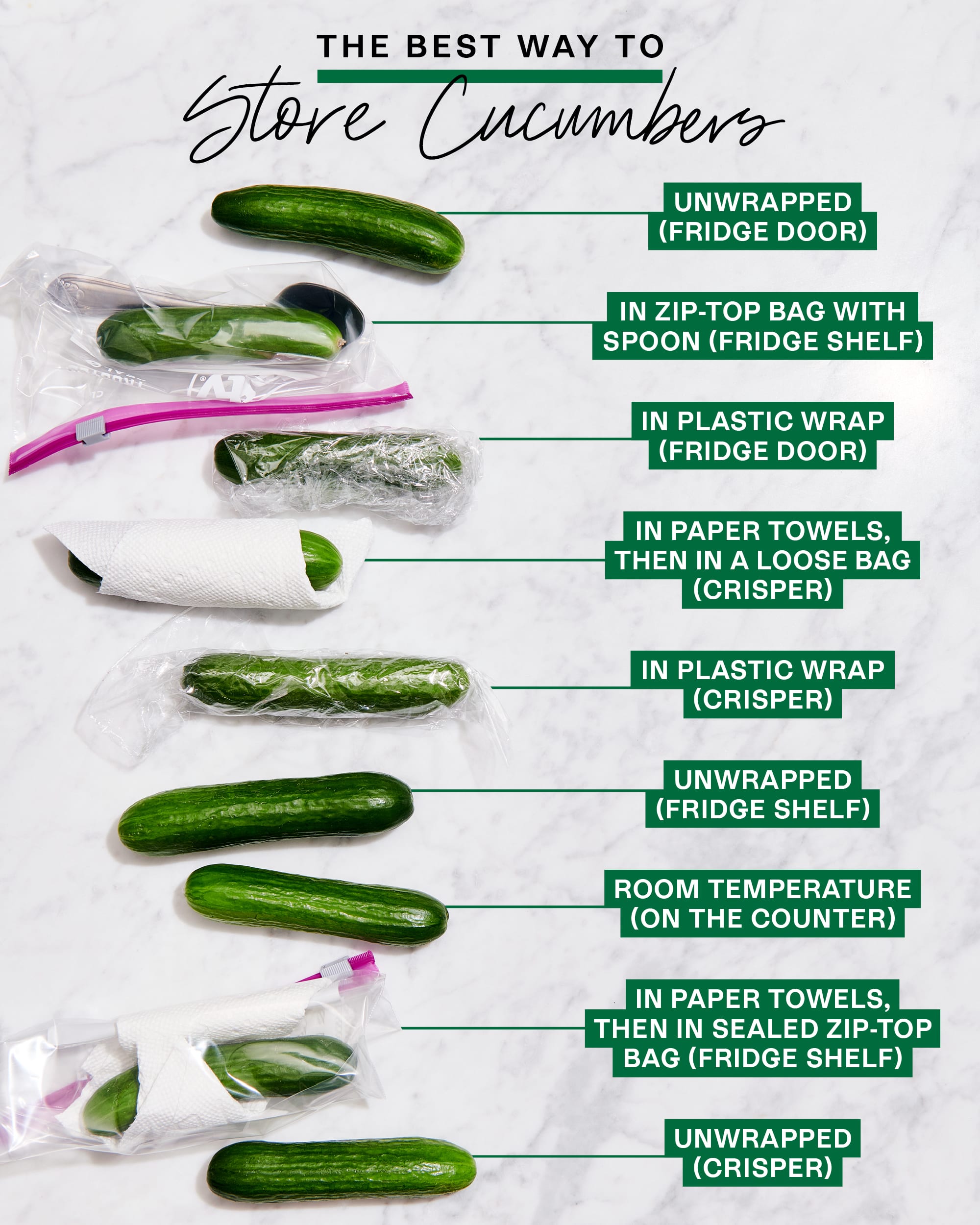
How to Properly Insert a Tampon: Essential Tips for Comfort & Safety in 2025
Understanding how to insert a tampon is fundamental for menstrual health, comfort, and hygiene. For many, tampons offer a convenient alternative to pads, allowing for freedom of movement and various activities without worries about leaks. This article provides a comprehensive tampon insertion guide, focusing on both comfort and safety. We will walk you through the tampon application steps, from selecting the proper size to mastering the insertion technique, ensuring a positive experience for both beginner and experienced users alike.
With appropriate tampon hygiene, you can make your menstruation journey more manageable. We'll delve into tampon types, absorbency levels, and essential tampon safety tips while also addressing common challenges faced by beginners. You'll find clear instructions on how to apply and remove a tampon, along with helpful usage tutorials and recommendations for the best tampons for different flows.
This guide aims to enhance your period management skills, making comfort and convenience a priority. Let’s dive into the mechanisms of tampon usage and break down the procedure into simple steps!

Complete Guide to Tampon Application Steps
Understanding Tampon Types: Choosing the Right Tampon
Before learning how to insert a tampon, it's important to understand the various types available. Applicator and digital tampons differ significantly. Applicator tampons come with a plastic or cardboard applicator to aid in a smooth insertion, whereas digital tampons are designed for direct insertion without an applicator. Beginners often find applicators easier to handle, while experienced users may prefer digital for convenience.
Knowing Your Flow: Selecting the Suitable Absorbency
Choosing the right tampon absorbency is critical for comfort and safety. Tampons come in different absorbencies, typically labeled as light, regular, super, and super plus. Adjust according to your menstrual flow level; using an absorbency higher than necessary can increase the risk of Toxic Shock Syndrome (TSS). Thus, always start with the lowest suitable level and only increase if needed during your cycle.
The Essential Tampon Insertion Tips for Beginners
When you are ready to insert the tampon, here are a few crucial steps to follow:
- Start by washing your hands to ensure cleanliness during the insertion process.
- Get comfortable: Sit on the toilet, stand with one foot on the toilet seat, or try a squatting position. Find what is easiest for you.
- Hold the tampon with the applicator (if applicable) in the middle, aiming the tip towards your vaginal opening.
- Gently push the applicator into your body at a slight angle towards your back, and then use your index finger to push the internal part until it’s comfortably inside.
Removing a Tampon: A Step-by-Step Guide
Removing a tampon is as critical as inserting one. To do so, wash your hands again, gently pull the string straight down. Make sure it comes out easily; if you feel resistance, it's best to wait until your flow is heavier. Dispose of your tampon properly in a trash can—never flush tampons.
Best Practices for Comfortable Tampon Use
Using tampons should not be painful. If discomfort occurs, you might need to adjust the absorbency or check the positioning. Additionally, ensure that you change your tampon every 4 to 8 hours to maintain hygiene and decrease the risk of TSS. Staying hydrated and considering eco-friendly options, such as organic tampons, can also enhance your experience.
Understanding Tampon Safety Tips
Hygiene During Menstruation
Hygiene is paramount during menstruation for both comfort and health. Always wash your hands before and after inserting a tampon. Regularly changing your tampons, generally every 4-8 hours depending on your flow, can help avoid potential health risks associated with tampon use.
Health Risks and Tampon Safety Precautions
Toxic Shock Syndrome (TSS) is a rare but serious condition linked to tampon use. Symptoms may include sudden fever, rash, and vomiting. To minimize risks, use the lowest absorbency needed, change tampons as required, and rotate between tampons and pads during heavy flow days. Additionally, pay attention to your body's comfort levels—discontinue use if you experience excessive discomfort.
How to Avoid Tampon Irritation
Some may experience irritation when using tampons, often due to incorrect size selection or prolonged wear. To avoid irritation, start with the lowest absorbency level and gradually increase if necessary. Applying a gentle, unscented lubricant at the tip can also alleviate discomfort. Always choose products that are free from harmful fragrances and chemicals.

Transitioning to Tampons: Tips for Beginners
For many young women, transitioning to tampons can seem daunting. Handling the insertion process properly and understanding one's body can ease this transition. Begin by practicing with an applicator tampon in a private space until comfortable, and don’t rush the process. Familiarize yourself with your menstrual cycle and flow levels, allowing you to select the right absorbencies and feel confident about your choices.
Comparing Tampons with Other Menstrual Products
Exploring menstrual alternatives like menstrual cups and pads is essential for finding what works best for you. Tampons provide compact ease of use and discretion during activities, such as swimming or exercising, but alternatives offer diverse benefits. Assessing the pros and cons of tampons and comparing them with other feminine hygiene products can help tailor your menstrual management to your preferences.
Frequently Asked Questions About Tampon Use
What Are the Best Tampons for Beginners?
For beginners, it's advisable to start with regular or super absorbent applicator tampons. Brands like Tampax and Playtex offer products specifically designed for those who are new to tampon use. Their packaging often includes clear instructions, making it easier for first-time users to understand correct insertion methods.
How Do I Properly Change a Tampon?
Changing a tampon is straightforward: make sure your hands are clean, gently tug the string until the tampon is out, and replace it immediately with a new one. Monitor your menstrual flow regularly to determine how often to change it. If it’s heavy, you might need to change it every 4 hours; lighter days may allow for longer intervals.
Is There a Safe Way to Dispose of Tampons?
When disposing of tampons, wrap it in toilet paper and throw it in your trash bin. Never flush them down the toilet, as they can cause blockages and plumbing issues. Some brands also offer eco-friendly options, which come in biodegradable packaging that can help lessen environmental impact.
Conclusion: Embracing Freedom Through Tampon Use
Learning how to insert a tampon correctly is crucial for comfortable and enjoyable menstrual management. By understanding the different types of tampons, absorbencies, and safety practices, you can feel empowered to embrace this period health solution. As you experiment with various products and techniques, remember to prioritize your body's signals and comfort. From applying to changing and disposing, following these essential tips fosters confidence in your menstrual routine.
For further detailed insights on feminine hygiene and alternative menstrual products, consider visiting this page for a comprehensive analysis of health benefits related to tampons or read about menstrual cup benefits for alternative menstrual solutions.